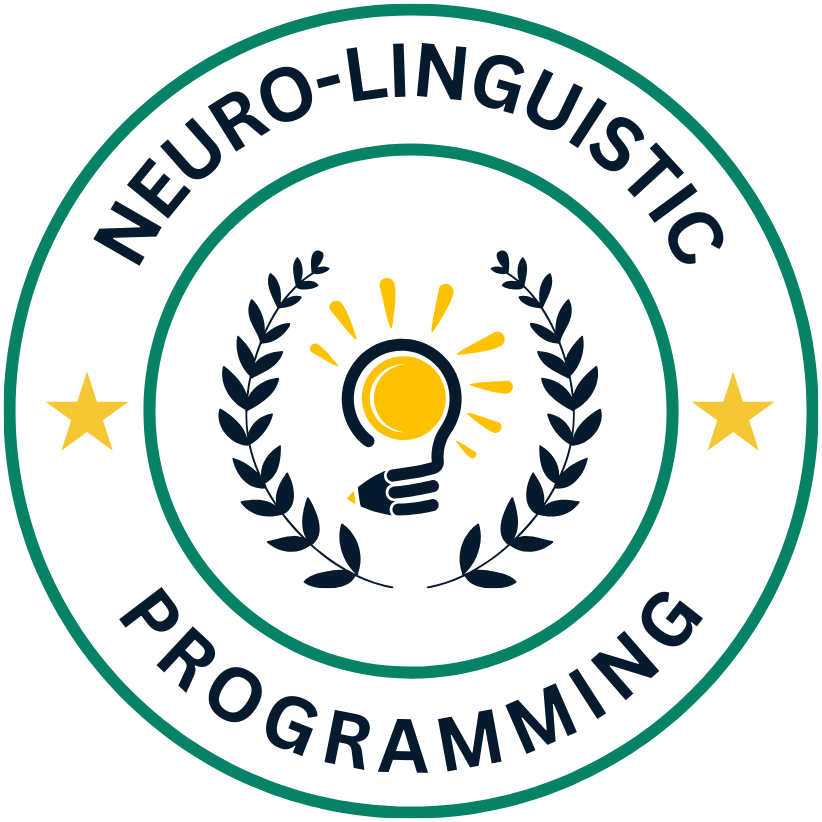It’s imperative for businesses to prioritize employee morale and motivation to ensure a productive work environment. In this blog post, we will explore how Neuro-Linguistic Programming (NLP) techniques can be a game-changer in enhancing employee motivation strategies. By understanding and leveraging the power of language, communication, and mindset, NLP provides tools and insights that can transform the way you approach employee morale, ultimately leading to a more engaged and motivated workforce. Let’s research into the world of NLP and discover how it can revolutionize your employee motivation techniques.
Understanding Neuro-Linguistic Programming (NLP)
Origins and Principles of NLP
On a quest to understand the relationship between language, behavior, and neurological processes, Richard Bandler and John Grinder developed Neuro-Linguistic Programming (NLP) in the 1970s. By studying successful therapists and their methods, they identified patterns of language and behavior that could be used to create change effectively.
How NLP Interacts with Human Psychology
For businesses, NLP offers a powerful tool to connect with employees on a deeper level and boost overall motivation. By understanding how language influences our behaviors and thoughts, organizations can tailor their communication strategies to inspire and motivate their teams effectively.
Interacts with Human Psychology: NLP techniques involve recognizing and reshaping thought patterns, limiting beliefs, and internal dialogues that may be holding individuals back. By encouraging positive self-talk and visualization, NLP can help employees overcome challenges and achieve their full potential.
NLP Techniques for Improving Morale
Rapport-Building and Effective Communication
The foundation of morale-boosting in the workplace lies in establishing strong rapport and effective communication with employees. This can be achieved through NLP techniques that enhance empathy, active listening, and the ability to connect with individuals on a deeper level. Building rapport fosters a sense of trust and understanding, which is imperative for creating a positive work environment.
Goal Setting and Visualization to Empower Employees
Setting clear goals and visualizing success are powerful tools for empowering employees to reach their full potential. NLP techniques can be utilized to help individuals define their goals, create actionable plans, and visualize themselves achieving success. By incorporating goal setting and visualization into employee motivation strategies, organizations can inspire their workforce to strive for excellence and stay motivated even in challenging times.
Employees who are encouraged to set specific, achievable goals and visualize their success are more likely to stay focused, motivated, and resilient in the face of obstacles. By employing NLP techniques to enhance goal setting and visualization practices, employers can empower their team members to take ownership of their development and drive positive outcomes in their work.

Integrating NLP into Your Corporate Culture
Training Leaders and Managers in NLP
Your leadership team plays a crucial role in implementing NLP strategies within your corporate culture. By providing them with training in Neuro-Linguistic Programming (NLP), you can equip them with the tools to enhance communication, foster positive relationships, and boost employee morale. Investing in NLP training for your leaders and managers can lead to more effective leadership styles, enabling them to inspire and motivate their teams towards achieving organizational goals.
Creating a Supportive Environment for Continuous Improvement
Managers play a key role in creating a supportive environment where employees feel encouraged to continuously improve and grow. By integrating NLP principles into their interactions with team members, managers can promote a culture of learning, collaboration, and innovation. This supportive environment not only boosts employee morale but also enhances overall performance and productivity within the organization.
The implementation of NLP techniques can help managers improve their communication skills, better understand their team members’ perspectives, and provide targeted feedback for development. By creating a supportive environment for continuous improvement, managers can cultivate a culture of excellence where employees feel valued, motivated, and empowered to reach their full potential.
Measuring the Impact of NLP on Morale and Productivity
Unlike other conventional methods, NLP (Neuro-Linguistic Programming) offers a nuanced approach to boosting employee morale and productivity. To gain a comprehensive understanding of how NLP can transform your organization, refer to the insights provided in the article Elevating Employee Motivation: Key Strategies Unveiled.
Setting Benchmarks and Evaluating Progress
Morale plays a crucial role in shaping an organization’s culture. By setting clear benchmarks and regularly evaluating progress, you can effectively measure the impact of NLP strategies on boosting employee morale and productivity. Tracking key performance indicators and gathering feedback from employees are necessary steps in this process.
Adapting NLP Strategies for Diverse Workplaces
Measuring the effectiveness of NLP strategies in diverse workplaces requires a thoughtful approach. The key lies in adapting NLP techniques to cater to the unique needs and perspectives of a diverse workforce. By fostering inclusivity, providing tailored support, and promoting cultural awareness, organizations can ensure that NLP initiatives resonate with all employees, leading to improved morale and productivity across the board.
Conclusion
Following this exploration of how NLP can transform employee motivation strategies, it is clear that incorporating neuro-linguistic programming techniques can significantly boost morale within the workplace. By understanding and utilizing the power of language and psychology, organizations can create a more positive and empowering environment for their employees. NLP provides a unique toolkit that can help leaders effectively communicate, motivate, and inspire their teams, leading to increased productivity, job satisfaction, and overall success. Employing NLP techniques in employee motivation strategies can drive a culture of excellence and achievement, ultimately benefiting both the employees and the organization as a whole.
FAQ
Q: What is NLP?
A: NLP stands for Neuro-Linguistic Programming, which is a set of techniques and strategies used to understand how people think, communicate, and behave.
Q: How can NLP boost morale in the workplace?
A: NLP techniques can help improve communication, build rapport, and enhance motivation among employees, leading to increased morale and productivity.
Q: What role does employee motivation play in a company’s success?
A: Employee motivation is crucial for a company’s success as motivated employees are more engaged, productive, and loyal, resulting in higher levels of performance and overall success.
Q: How can NLP be integrated into employee motivation strategies?
A: NLP can be integrated into employee motivation strategies through techniques such as setting clear goals, providing positive reinforcement, and using language patterns to inspire and empower employees.
Q: What are some common NLP techniques used to boost morale?
A: Some common NLP techniques used to boost morale include reframing negative thinking, anchoring positive emotions, and modeling successful behaviors.
Q: How can managers effectively implement NLP techniques in the workplace?
A: Managers can effectively implement NLP techniques in the workplace by undergoing NLP training, practicing active listening, and providing regular feedback and encouragement to employees.
Q: What are the benefits of using NLP to transform employee motivation strategies?
A: The benefits of using NLP to transform employee motivation strategies include improved communication, stronger relationships, increased employee engagement, and higher levels of morale and productivity in the workplace.



